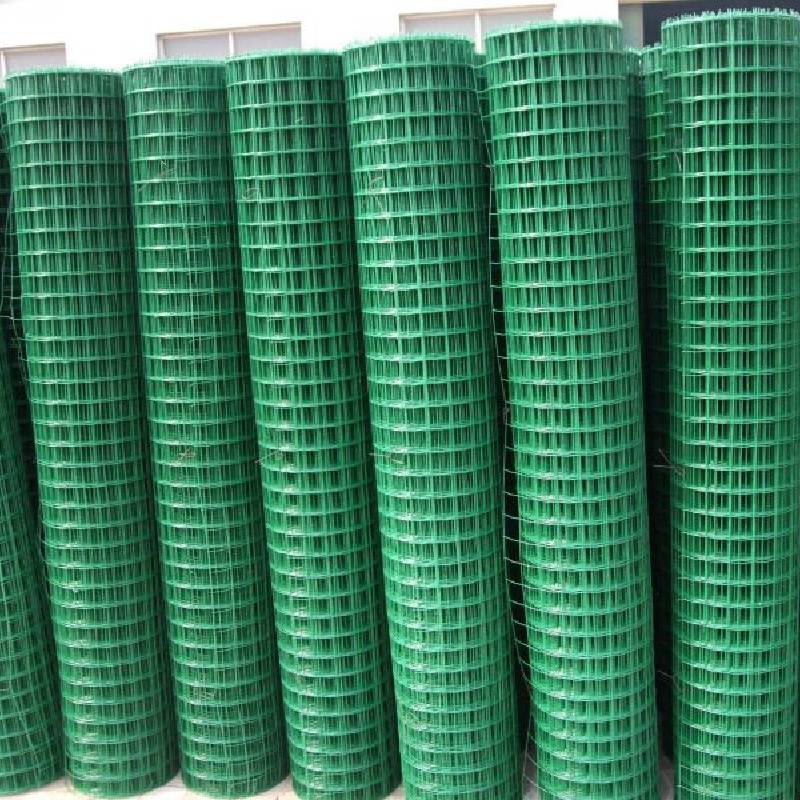
- Mobile Phone
- +8613931874955
- sales@cntcmetal.com
brick veneer wall ties
Understanding Brick Veneer Wall Ties Essential Components for Modern Construction
In modern construction, the stability and durability of structures are paramount. One essential component that plays a critical role in maintaining the integrity of brick veneer walls is the wall tie. Wall ties are small metal devices that connect the brick veneer to the underlying wall structure, ensuring that the two layers work cohesively to withstand various forces such as wind, rain, and seismic activities. This article explores the importance, types, installation practices, and benefits of brick veneer wall ties.
The Importance of Wall Ties
Brick veneer walls are utilized in a variety of building types due to their aesthetic appeal and thermal performance. However, without adequate wall ties, these walls can become unstable. Wall ties serve several purposes
1. Structural Support They help anchor the brick veneer to the framing or masonry backup wall, providing necessary support. This connection prevents the veneer from collapsing or separating from the wall structure.
2. Load Distribution Wall ties redistribute the loads from the brick veneer to the backup structure, helping to manage weight and stresses on the building.
3. Wind Resistance In areas subject to high winds, wall ties are crucial for ensuring that the brick veneer remains intact and adheres to the main structure. They prevent issues such as cracking or detachment.
4. Moisture Management Properly installed wall ties can help mitigate moisture issues. They can create a ventilation gap that aids in drying out any moisture that penetrates the veneer, thus reducing the likelihood of water-related damage.
Types of Wall Ties
There are several types of wall ties commonly used in brick veneer construction
1. Metal Wall Ties These are typically made from galvanized steel or stainless steel. Metal ties are strong and durable, making them suitable for a variety of applications. Their corrosion resistance is essential for maintaining long-term structural integrity.
3. Bowtie or Notched Wall Ties These specialized ties enhance the mechanical connection between the brick veneer and the wall. They are shaped to provide a greater surface area for bonding, ensuring excellent load distribution.
brick veneer wall ties

Installation Practices
Proper installation of wall ties is crucial for their effectiveness. Building codes often dictate specific requirements, including spacing and the type of tie to be used. Here are some essential installation practices
1. Spacing Requirements Wall ties should be spaced according to the manufacturer's recommendations and local building codes. Common spacing is typically 16 to 24 inches vertically and 24 to 36 inches horizontally.
2. Depth of Embedment It’s vital to ensure that wall ties are embedded adequately into the backup wall. Typically, at least 1 to 2 inches of the tie should penetrate into the solid backing.
3. Alignment and Orientation Wall ties should be installed with the correct orientation to align with the movement of both the veneer and the wall. This alignment is crucial for avoiding undue stress on the ties.
4. Inspection Regular inspections during construction can help to ensure that ties are installed correctly and are of the right type and quality. This proactive approach aids in identifying potential issues before they become problematic.
Benefits of Proper Wall Tie Installation
The advantages of correctly using brick veneer wall ties are significant
- Enhanced Stability Properly installed ties ensure that brick veneer walls remain securely attached to the structural frame, enhancing overall building stability.
- Increased Lifespan By preventing moisture issues and structural failures, wall ties contribute to a longer lifespan for both the veneer and the underlying structure.
- Better Aesthetics With stability and integrity maintained, brick veneer walls can better retain their intended appearance over time, adding to the attractiveness of the structure.
In conclusion, brick veneer wall ties are a fundamental component in modern construction. By understanding their importance, types, installation practices, and benefits, builders and architects can ensure the longevity and safety of buildings, enhancing both functionality and aesthetic appeal. Proper attention to these details can significantly impact the overall success and resilience of a construction project.
share:
-
Your Source for Concrete Wall Ties and Masonry AccessoriesNewsJul.10,2025
-
Unlocking the Power of Iron Wire for Every ProjectNewsJul.10,2025
-
Explore Advanced Chain Wire and Stainless Steel Mesh FencingNewsJul.10,2025
-
Discover the Benefits of Annealed Wire ProductsNewsJul.10,2025
-
Discover China Stainless Steel Wire Mesh SolutionsNewsJul.10,2025
-
Build with Confidence Using High-Performance Masonry AccessoriesNewsJul.10,2025
-
Why Sacrificial Formwork Is Redefining Underground ConstructionNewsJun.06,2025



















